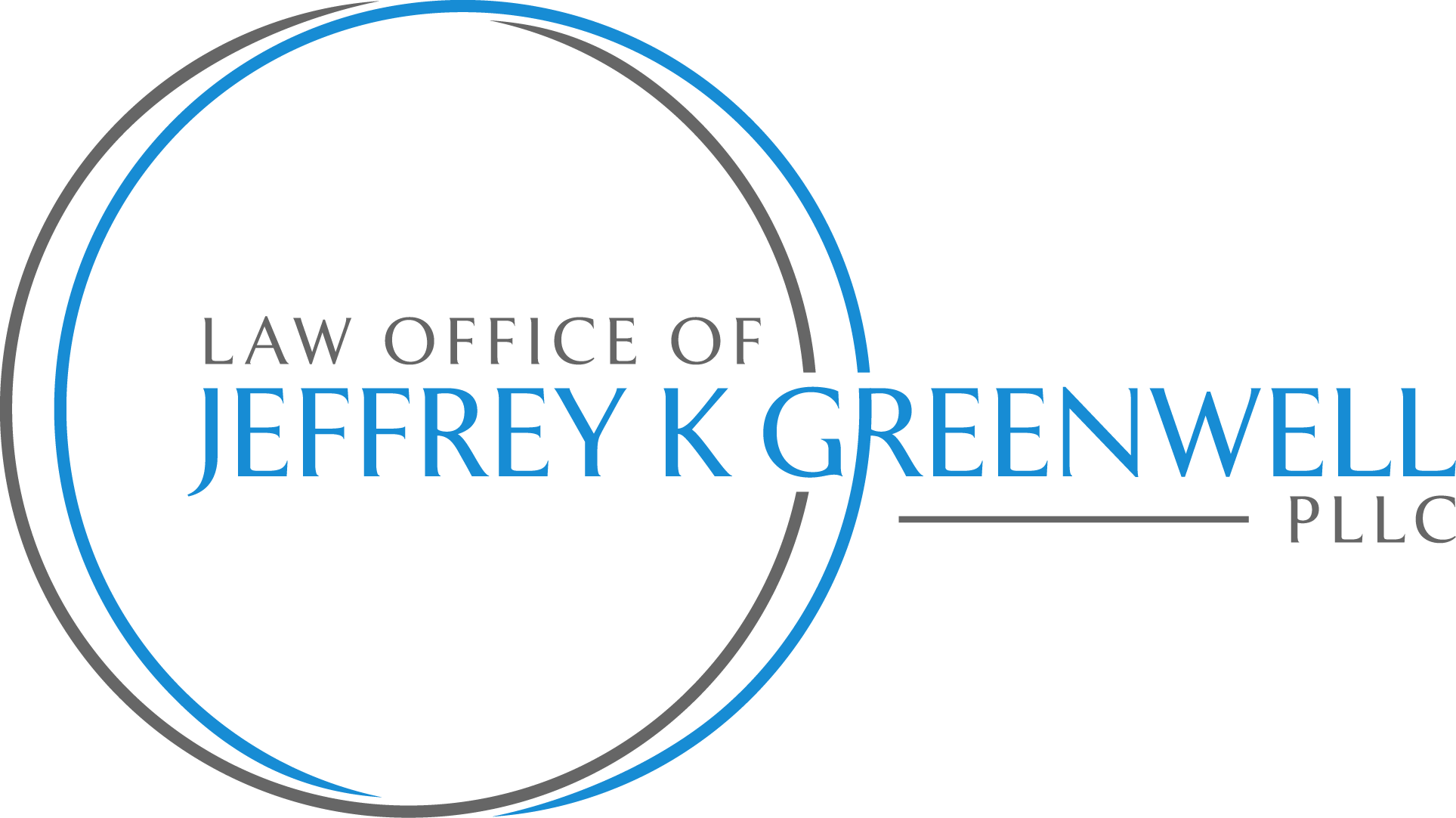The federal student loan moratorium, which was extended in early December through January 31, now continues through September 30, 2021.

New Extension through September 2021
On the day of President Biden’s January 20 inauguration, the White House stated that:
the Acting Secretary of Education will extend the pause on federal student loan payments and collections and keep the interest rate at 0%.
Later that night, the Federal Student Aid office of the Department of Education did just that. It continued the previously granted “temporary relief on [Department of Education]-owned federal student loans: suspension of loan payments, stopped collections on defaulted loans, and a 0% interest rate.” These measures were to expire on January 31, 2021. They are now extended through September 30, 2021, eight additional months.
The Student Loans Covered by this Student Loan Moratorium
These apply only to federal student loans. And not to every one of those.
Furthermore, none of these benefits apply to private student loans. The U.S. Department of Education has no legal authority over these loans.
So, unfortunately, it gets complicated. According to Federal Student Aid, the benefits apply to the following types of federal student loans, but only if they are loans owned by [the Department of Education]:
- Defaulted and non-defaulted Direct Loans, FFEL Program loans, or Federal Perkins loans; or
- Defaulted HEAL loans.
So how do you know whether your student loan is included?
First, according to Federal Student Aid,
To determine if your Direct and FFEL Program loans are owned by [the Department of Education], visit StudentAid.gov/login. After you log in with your FSA ID, you will be on your StudentAid.gov dashboard. If you click on “view details,” the site takes you to your Aid Summary. If you scroll down on this page, you will see a section called “Loan Breakdown.” In your Loan Breakdown, if you see a servicer’s name that starts with “DEPT OF ED,” that servicer is for a loan that is owned by [the Department of Education].
Second, do the following if you don’t have one of the above types of loans or don’t know what kind you have:
Contact your loan servicer online or by phone to determine if your loans are eligible. Your servicer is the entity to which you make your monthly payment. If you do not know who your servicer is or how to contact them, visit StudentAid.gov/login or call us at 1-800-4-FED-AID (1-800-433-3243; TTY for the deaf or the hard of hearing 1-800-730-8913) for assistance.
Also, see the webpage titled Who’s My Student Loan Servicer? for in-depth information to answer that question.
Other Questions about the Extended Student Loan Moratorium
The Federal Student Aid office has updated its website to reflect this extended student loan moratorium. It has a Q&A webpage that responds to many issues that can arise. It provides answers to questions in the following areas:
- the suspension of any accruing interest during the moratorium
- the administrative forbearance of loan payments during this period
- income-driven repayment plans
- defaulted student loans
- the future resumption of student loan payments
If this extension to the student loan moratorium still leaves you in financial distress, consider talking to a Flathead County bankruptcy lawyer. These are crazy times. In the past 11 months, there have been 5 different student loan moratoriums and extended deadlines. People are juggling finances with so much up in the air. You may or may not be needing any of the forms of bankruptcy. But it’s only sensible to get to know and understand your options. We do not charge for a consultation. You may get the clarity and relief you need.

